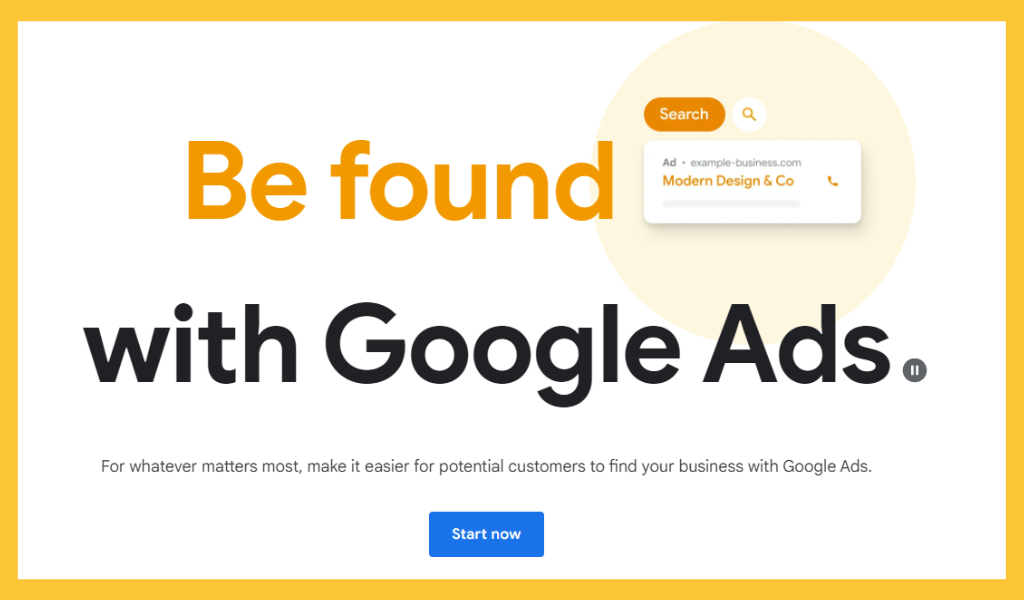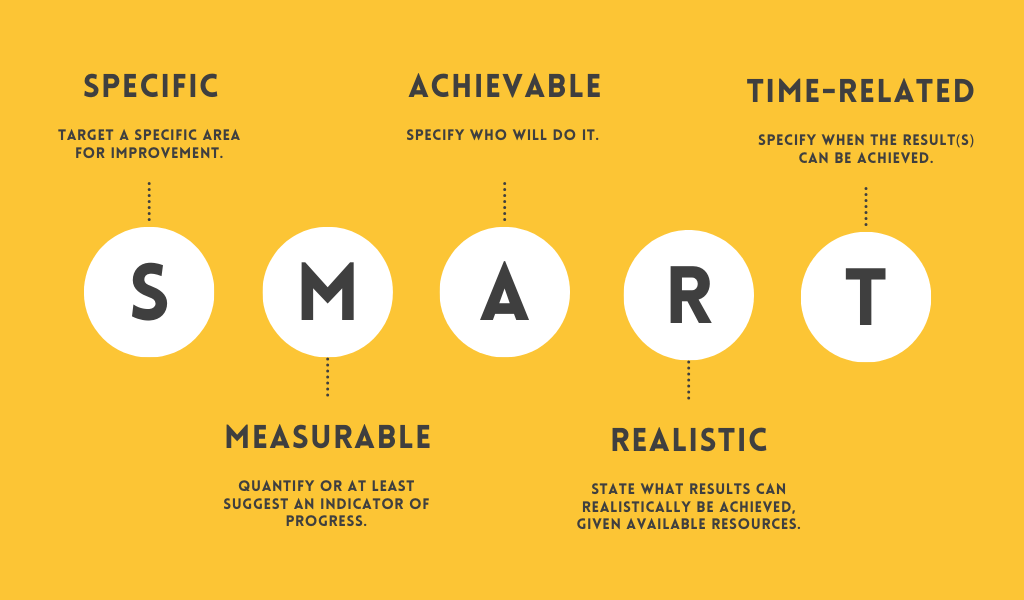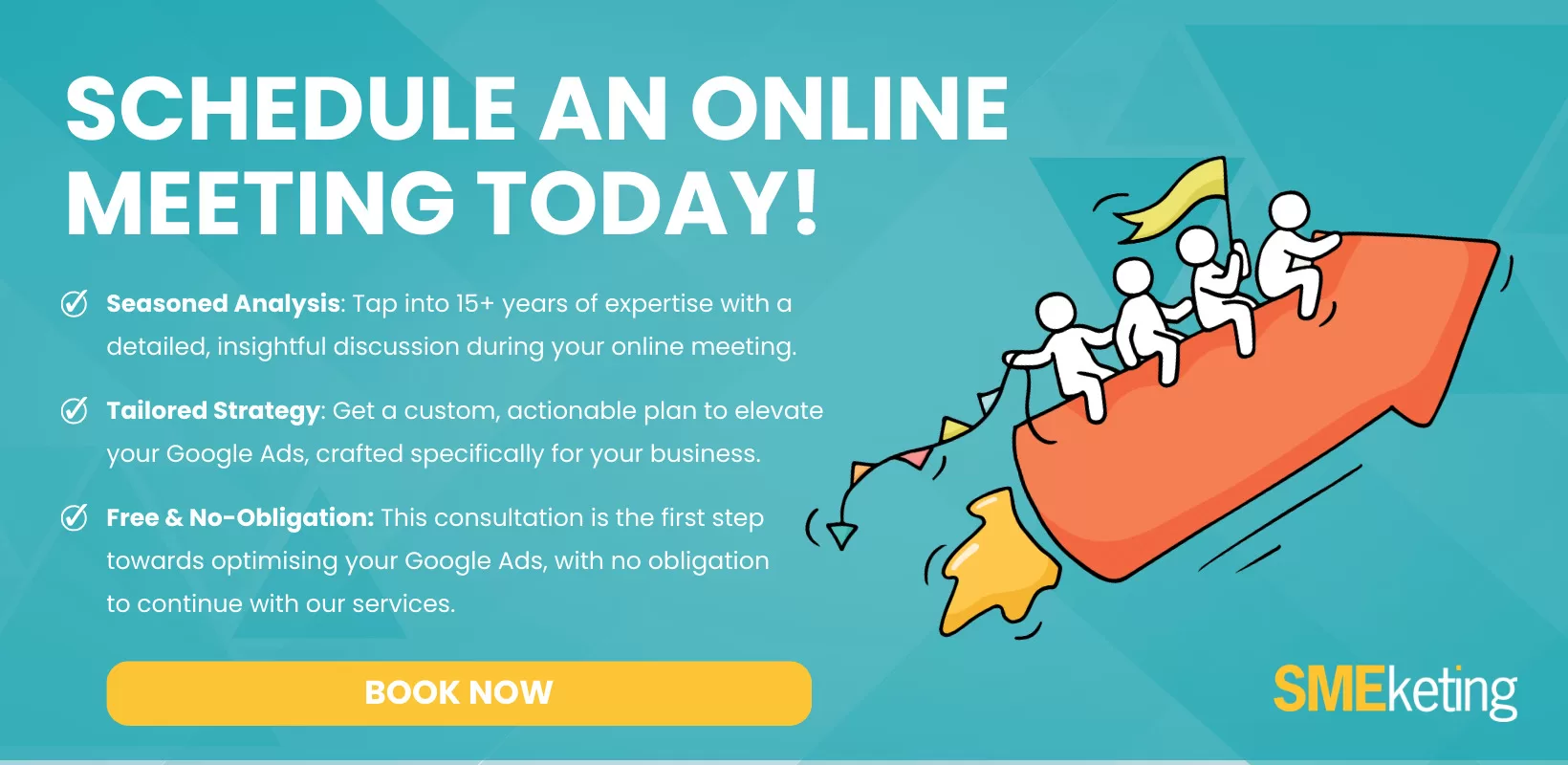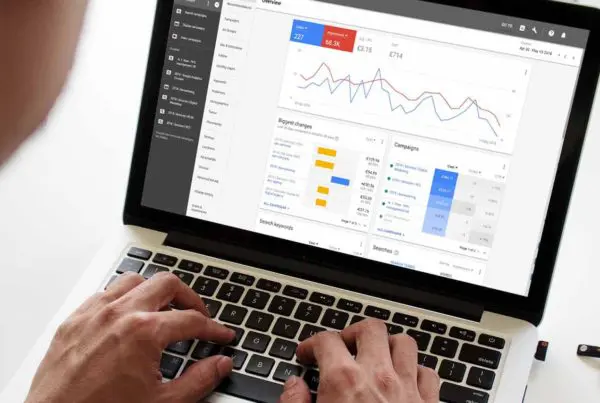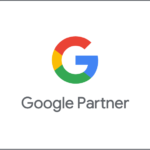In today’s competitive business environment, leveraging the power of Google Ads can provide a significant boost to your B2B marketing efforts.
With a properly strategised and executed campaign, you can effectively reach your target audience, generate high-quality leads, and ultimately drive sales.
This comprehensive guide will walk you through the process of successfully using Google Ads for B2B marketing.
Understanding the Basics of Google Ads for B2B Marketing
Before diving into the intricacies of Google Ads for B2B marketing, it’s essential to understand the fundamentals that form a strong foundation for your advertising campaigns. Google Ads is a powerful tool that can help businesses of all sizes increase their online presence, drive traffic to their websites, and generate high-quality leads.
However, to make the most of this platform, you need to have a clear understanding of what Google Ads is and how it works.
What are Google Ads?
Google Ads, formerly known as Google AdWords, is an online advertising platform that allows businesses to place their ads in Google’s search results, partner websites, and other online properties. With more than 246 million unique visitors per month, Google is the world’s most popular search engine, making it an ideal place to advertise your products or services.
Google Ads operates on a pay-per-click (PPC) model, which means you only pay when someone clicks on your ad. This makes it a cost-effective way to advertise your business, as you can set a budget that suits your needs and only pay for the clicks you receive.
Why Google Ads are Important for B2B Marketing?
Google Ads is especially important for B2B marketers because it offers precise targeting options that allow you to reach decision-makers actively searching for products or services like yours. With advanced targeting features like keyword, location, and demographic options, you can ensure your ads are placed in front of the right people at the right time.
Additionally, Google Ads provides a range of ad formats that can help you achieve your advertising goals. For example, you can create text ads, image ads, video ads, or even interactive ads that engage your audience and encourage them to take action.
Setting Up Your Google Ads Account
Getting started with Google Ads is a straightforward process. All you need is a Google account and a clear understanding of your advertising goals. Once you’ve signed up for a Google Ads account, you’ll have access to a wide range of tools and resources that can help you create, manage, and optimise your B2B ad campaigns (note that if you use a Google Partner like SMEketing to set up your Google Ad account, then you’ll receive a £400 click credit to your account!)
- One of the first steps in setting up your Google Ads account is to define your target audience. This involves identifying the demographics, interests, and behaviors of your ideal customers. With this information, you can create ads that are tailored to their needs and interests, making them more likely to click on your ads and convert into customers.
- Another important aspect of setting up your Google Ads account is selecting the right keywords. Keywords are the words or phrases that people use to search for products or services online. By selecting relevant keywords for your ads, you can ensure that your ads are shown to people who are actively searching for what you have to offer.
- Once you’ve set up your Google Ads account and created your ads, it’s important to monitor and optimise your campaigns regularly. This involves analysing your ad performance, adjusting your bids and budgets, and making changes to your ad copy and targeting to improve your results over time.
Defining Your B2B Marketing Goals and Objectives
Before launching your B2B ad campaigns, it’s crucial to define your marketing goals and objectives. This step is essential to the success of your Google Ads strategy since it will dictate the parameters of your campaigns and guide the optimisation process.
When it comes to B2B marketing, it’s important to keep in mind that your goals and objectives should align with the overall business strategy. This means that you should consider factors such as revenue targets, customer acquisition goals, and brand awareness objectives when setting your marketing goals.
Identifying Your Target Audience
Understanding your target audience is the first step toward creating successful B2B marketing campaigns. Your ads should be tailored to suit the interests and preferences of the decision-makers within your target industries. Conduct thorough audience research to identify factors such as:
- Job titles
- Company size
- Industry
- Geographic location
This information will help you create more targeted and relevant ads that resonate with your audience.
Additionally, it’s important to consider the pain points and challenges that your target audience faces. By addressing these issues in your ads, you can position your product or service as a solution to their problems.
Setting SMART Goals for Your Campaign
When setting your campaign goals, make sure they are SMART (Specific, Measurable, Attainable, Relevant, Time-bound). These criteria ensure that your objectives are clear, actionable, and achievable.
Examples of SMART goals for B2B ad campaigns might include:
- Increasing organic search traffic by 20% within 3 months
- Generating 10 new high-quality leads per month
- Achieving a 5% conversion rate on landing pages within 6 months
It’s important to regularly monitor and evaluate your progress toward these goals. This will allow you to make data-driven decisions about how to optimise your campaigns to achieve better results.
Determining Your Budget and Bidding Strategy
Your budget and bidding strategy will significantly impact your Google Ads campaign’s reach, effectiveness, and ROI. Start by determining your overall monthly ad spend, keeping in mind that your costs should align with your marketing goals and objectives.
When choosing a bidding strategy, consider the nature and age of your campaign and the behaviour of your target audience.
Manual bidding, as the name suggests, involves setting your bids manually at the level you want: campaign, keyword, or ad group. You tell Google the maximum amount you’re willing to spend for each of your keywords.
Smart bidding relies on machine learning to optimise for a specific goal – be it conversions, conversion value, etc.
With smart bidding, Google is in control. Google uses a complex algorithm to maximise your results by estimating your ad’s likelihood of receiving a click or conversion. The algorithm relies on Google machine learning to analyse user data, e.g., device, operating system, prior search history, time of day, search location, demographic data, and more, to determine if there is a good chance a user will click your link and convert.
Smart bidding ensures your bids are high enough to compete with qualified buyers and that your ad is being shown solely to people interested in buying.
Finally, it’s important to regularly review and adjust your budget and bidding strategy based on performance data. This will allow you to optimise your campaigns for maximum ROI and ensure that your marketing goals and objectives are being met.
Creating Effective B2B Ad Campaigns
Now that you’ve defined your objectives and budget, it’s time to create B2B ad campaigns that attract your target audience and drive results.
Choosing the Right Keywords for Your B2B Ads
Keyword selection is a critical aspect of your B2B Google Ads strategy, as your chosen keywords will determine which search queries trigger your ads to appear. Conduct thorough keyword research to identify terms relevant to your products or services and commonly used by your target audience.
Depending on your budget, you might want to focus on long-tail keywords, as they are less competitive and more likely to convert due to their specificity. Monitor and analyse your keyword performance regularly and adjust your keyword list accordingly.
Writing Compelling Ad Copy
Well-crafted ad copy is crucial for attracting your audience’s attention and encouraging them to click on your ads. Write compelling headlines and descriptions that showcase your unique value proposition, include relevant keywords, and create a sense of urgency. Ensure that your ad copy aligns with the messaging on your landing pages for a seamless user experience.
Utilising Ad Asset for Enhanced Visibility
Maximise your ad visibility and improve your click-through rate (CTR) by utilising Google Ads Assets (previously called Extensions). Ad assets provide additional information about your business and offerings, such as contact information, brand name and logo, site links, product images, and more. By offering valuable information up-front, you can increase the likelihood that users will engage with your ads.
Optimising Your B2B Google Ads Campaigns
Designing User-Friendly Landing Pages
Landing pages play a critical role in the success of your B2B ad campaigns, as they are the first point of contact between your potential customers and your brand. Ensure that your landing pages are optimised to maximise user engagement and drive conversions.
Your landing pages should be visually appealing, easy to navigate, and responsive across different devices.
A clean, modern design and clear, concise messaging will make it easier for users to understand your offerings and engage with your content.
Additionally, ensure that your landing pages load quickly to minimise user frustration and maintain interest.
Crafting Persuasive Calls-to-Action
Strong calls-to-action (CTAs) are essential for encouraging users to take the desired action on your landing pages. Create compelling, action-oriented CTAs that clearly outline the benefits of clicking, such as :
- Download Our Free eBook
- Schedule a Consultation Today
Ensure that your CTAs are prominently placed and stand out from the rest of the page design.
Tracking Conversions and Analysing Performance
By tracking conversions and analysing performance data, you can identify the strengths and weaknesses of your B2B ad campaigns and make data-driven decisions for optimisation.
Set up proper conversion tracking in your Google Ads account, and monitor key metrics, such as click-through rate (CTR), cost-per-click (CPC), conversion rate, and return on ad spend (ROAS). Regularly review and analyse this data to identify opportunities for improvement and optimise your campaigns for continued success.
By following these guidelines and consistently monitoring and optimising your B2B marketing efforts, you’ll be well on your way to achieving success with Google Ads.
- How to Do Keyword Research for Google Ads - January 15, 2024
- A Comprehensive Guide to Google Ads for B2C Businesses - January 8, 2024
- How to Write Calls to Action (CTAs) for Google Ads - December 25, 2023


